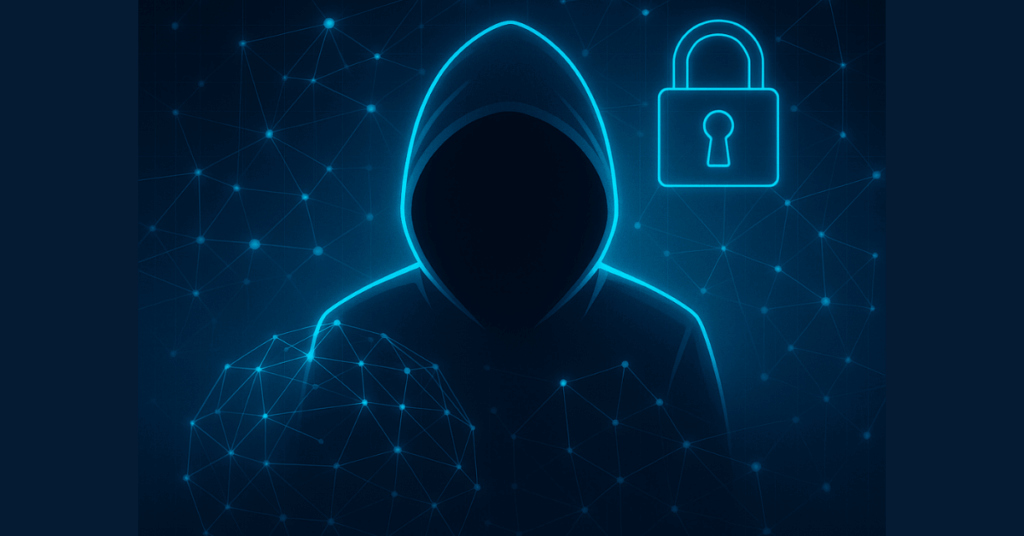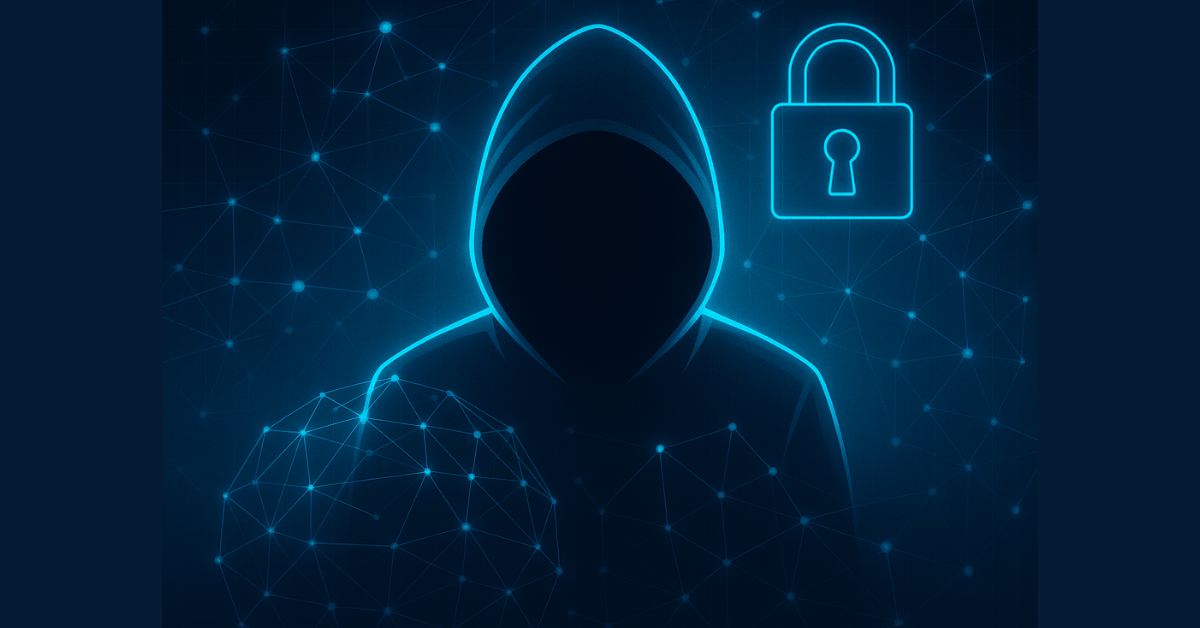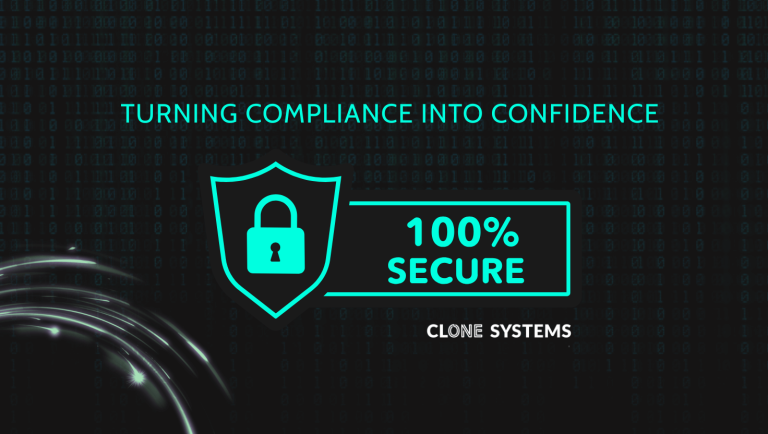Shadow IT: A Compliance Risk That’s Often Missed

Shadow IT, the use of technology systems and tools without IT approval, continues to grow across organizations of all sizes. These may include cloud services, personal devices, SaaS applications, or even entire development environments created independently by departments or individuals.
While often viewed as a minor operational issue, Shadow IT poses real challenges to organizations subject to regulatory frameworks like PCI DSS. It creates visibility gaps, increases attack surfaces, and complicates audit and compliance processes. When left unaddressed, Shadow IT can lead to noncompliance, even when formal security practices appear sound.
What Qualifies as Shadow IT?
Shadow IT includes any technology used within an organization that bypasses formal review or procurement. Examples:
- Departments using unauthorized SaaS platforms for storage, communication, or analytics
- Developers creating infrastructure in public cloud accounts not managed by IT
- Employees accessing corporate systems from unmanaged personal devices
- Third-party tools integrated into workflows without security assessment
The adoption of such tools is rarely malicious. Most Shadow IT arises when teams move quickly, seek more flexible tools, or experience delays with internal provisioning. However, security teams are ultimately accountable for the full technology footprint, authorized or not.
Why Shadow IT Conflicts with PCI DSS
The Payment Card Industry Data Security Standard (PCI DSS) is clear: all system components that store, process, or transmit cardholder data, or are connected to those that do, must be secured and accounted for. Shadow IT undermines this principle in several ways.
1. Inaccurate or Incomplete Scope Definition
PCI DSS compliance begins with defining the cardholder data environment (CDE). Shadow IT introduces systems that may handle payment data but are not documented, controlled, or included in the compliance scope. This leads to an inaccurate picture of risk and, often, failed assessments.
2. Unmonitored Attack Surfaces
Unapproved assets typically fall outside scheduled vulnerability scans, patching cycles, and logging mechanisms. These become ideal targets for attackers, as they are rarely hardened or observed. PCI DSS requires organizations to scan systems regularly and ensure that all in-scope components are monitored for anomalies. Shadow IT breaks that chain of control.
3. Breaks in Access and Authentication Controls
Shadow tools may not support multi-factor authentication or integration with centralized identity providers. This undermines PCI requirements related to access control and user identification, creating opportunities for unauthorized access to sensitive data.
4. Lack of Logging and Incident Response Coverage
PCI DSS requires centralized logging and the ability to detect, respond to, and investigate incidents. Shadow systems, often siloed and unmanaged, frequently lack adequate audit trails. If these systems are breached, the organization may not be aware until long after the damage is done.
Examples of Shadow IT Violating PCI Requirements
Several common workplace scenarios illustrate how easily Shadow IT can breach compliance requirements:
- A developer clones production data into a personal cloud account for debugging. The storage lacks encryption and access controls.
- A marketing team exports transaction reports to a third-party analytics tool for campaign analysis. The tool is not included in the PCI scope or security review.
- Employees access web-based systems containing payment data from unapproved personal laptops with outdated operating systems.
Each scenario involves systems that store, process, or transmit cardholder data, yet remain outside the organization’s formal security and compliance perimeter.
Managing the Risk: Practical Controls That Reduce Exposure
Addressing Shadow IT begins with visibility. Without knowing what is in use, organizations cannot protect systems or data or prove compliance.
1. Asset Discovery and External/Internal Scanning
Conducting regular vulnerability scanning, both externally and internally, is essential. These scans can reveal unmanaged IP addresses, unauthorized web services, or previously unknown hosts that may fall within PCI scope.
Organizations using providers with strong scanning coverage and scope awareness can more easily detect these assets and take appropriate remediation steps.
2. Inventory Maintenance and Scope Reviews
An up-to-date asset inventory is critical for PCI compliance. Organizations should review inventories regularly, especially before annual assessments, and compare them against scan results to detect scope discrepancies.
Some security solutions automatically maintain inventories and flag changes, making it easier to detect newly introduced technologies.
3. Least Privilege and Access Monitoring
Strong authentication and role-based access controls help reduce the risk of sensitive data being accessed through unauthorized systems. All user accounts should be reviewed periodically and linked to known, sanctioned applications only.
Access logs should be centralized wherever possible, especially for systems involved in payment processing or data storage.
4. User Training and Governance Policies
Most Shadow IT arises from process gaps, not malicious intent. Providing teams with pre-approved, secure alternatives and communicating why unsanctioned tools are risky helps reduce reliance on unmanaged solutions.
A well-maintained acceptable use policy (AUP), reinforced through routine security awareness training, supports this goal.
Integrating Shadow IT Detection into Your Compliance Strategy
Organizations that take PCI DSS seriously must approach Shadow IT as a governance issue, not just a technical one. Visibility gaps and unauthorized tools directly affect the organization’s ability to demonstrate compliance and control risk.
Continuous monitoring, recurring scans, and proper scoping practices are essential. Security programs should incorporate regular evaluations of network activity and endpoint behavior to detect anomalies that may indicate unsanctioned tools in use.
Some firms choose to work with external providers that specialize in vulnerability scanning, PCI scope validation, and ongoing compliance monitoring. These services offer an additional layer of assurance that systems are both protected and compliant, even as business teams adopt new technologies.
Conclusion
Shadow IT is not a rare or emerging issue. It is common, ongoing, and often hidden. For organizations handling payment data, even a single unauthorized system can place them out of compliance with PCI DSS requirements and introduce measurable risk.
Security and compliance teams must be equipped to find and address these gaps early. That requires a combination of continuous scanning, active monitoring, inventory management, and user education.
By taking a structured and proactive approach, organizations can regain control over their technology environment and ensure that only secure, compliant systems handle the most sensitive data.





